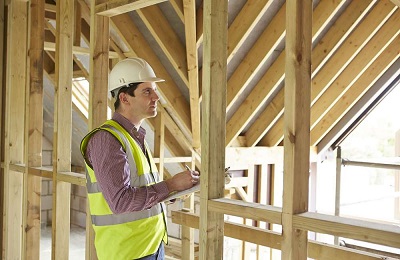 Thursday, April 25, 2024
Thursday, April 25, 2024  Thursday, April 25, 2024
Thursday, April 25, 2024 
At the end of 2017, The 2018 International Energy Conservation Code was released by the International Code Council. The residential aspects of the code are of key concern for the residential construction industry, which must be aware of the changes and implement them on works undertaken from this year.
Why the code is important
The IECC is a set of model building energy codes endorsed by the Department of Energy. Codes are assessed for potential revision every three years, following a consultation process involving industry stakeholders. The code is cited in federal law, with state and local jurisdictions adopting and enforcing it. The IECC residential codes matter because they set down the law for the energy consumption of new buildings and major renovations. Using the most technologically efficient processes during a building project is far more effective than attempting retrospective adaptations.
The impact of the IECC code on energy use in the USA
Since their introduction, the IECC codes have had a sizeable impact on the energy consumption of all types of buildings across the USA. They ensure the most efficient methods and materials are used, resulting in a reduction of energy use and a corresponding drop in pollution rates. Whatever your views about the effect of climate change and its causes, if implementing the codes means lower energy bills, the benefits for the consumer are clear.
The 2018 Code changes
Key IECC code changes that will affect builders include:
Builders need to study the code changes in detail to ensure compliance. They should be aware that these changes are taking place, as the codes are an essential part of professional current awareness in the construction trade.
Compliance
Despite the importance of the codes and them being part of federal law, it has been estimated that compliance is as low as 50% in some areas. Low compliance results in new buildings using far higher levels of energy than they need to. It means higher bills for consumers and an accompanying waste of resources. Although the construction trade is subject to an ever-increasing burden of rules and regulations, the benefits of compliance do outweigh the inconvenience of adherence. Ensuring your business is fully compliant with current legislation builds confidence in potential customers and avoids the not inconsiderable inconvenience of dealing with the outcome of code violations.
Although not every change will affect every builder, understanding what has changed and being aware of the effects on aspects of building work undertaken is vitally important. Training will be available to help builders get to grips with the changes, but the opportunity needs to acted on as soon as is practically possible. Continuing competency training is a requirement for licensed builders, and those who are trained and able to implement the code changes will be at a significant advantage over less diligent competitors.